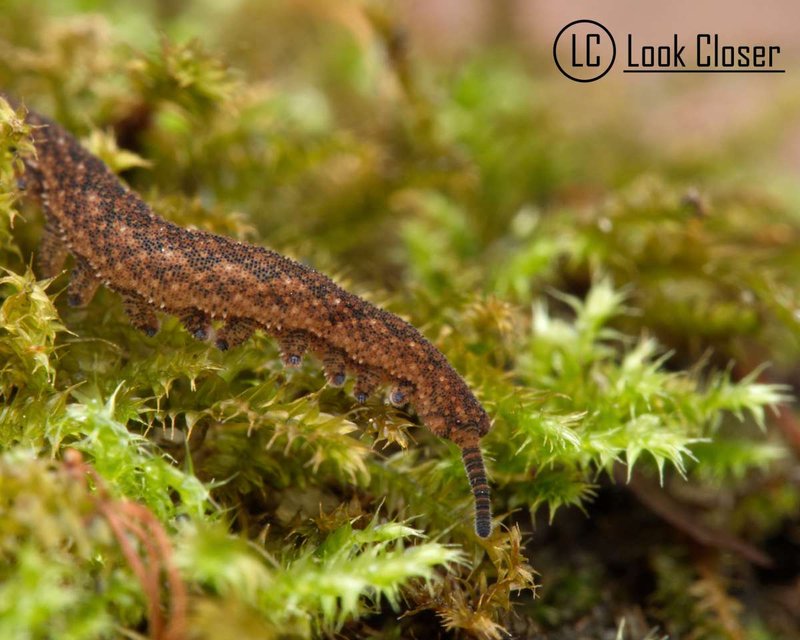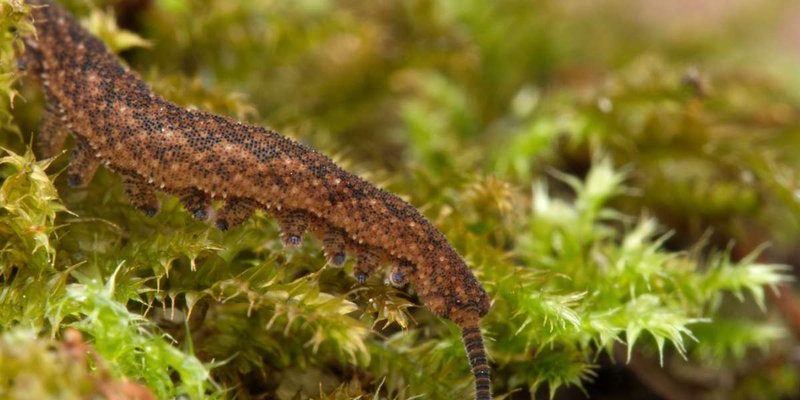
Setting up field cameras to monitor velvet worm activity is a bit like playing detective. You’ll need patience, the right tools, and a dash of curiosity. In this guide, we’ll explore how to get your cameras ready, what to look for, and how to interpret the footage. We’ll be focusing on popular models like the Bushnell Trophy Cam and the Browning Strike Force, which are excellent for outdoor use. So grab your coffee, and let’s dive into the world of velvet worms!
Understanding Velvet Worms
Before you rush to set up your camera, it’s essential to know what velvet worms are. Velvet worms, or *Onychophora*, are fascinating creatures that live in humid environments. They’re soft-bodied, have a velvety texture, and can be mistaken for slugs or caterpillars. Here’s the thing: these little guys are crucial to the ecosystem. They act as predators, feeding on insects and other small animals.
Their habitats are often found in leaf litter or under logs, particularly in tropical and subtropical forests. Monitoring their behavior and population can give us insights into the health of the ecosystem. So, knowing where to set up your camera is just as important as the camera itself!
Choosing the Right Field Camera
When it comes to selecting a field camera, you want something reliable and built for outdoor conditions. It should be sturdy, weatherproof, and easy to use. Think of it as your trusty sidekick on your quest to observe velvet worms. Popular choices like the Bushnell Trophy Cam offer various features like night vision and motion detection, making it perfect for capturing those shy moments.
Here’s a quick list of features to look for when choosing a camera:
- Image Quality: Look for a camera that captures clear images, even at night.
- Battery Life: A longer battery life means less fussing and more observing.
- Trigger Speed: A quick trigger speed ensures you don’t miss the action.
- Size and Weight: Smaller cameras are easier to transport and set up discreetly.
Take your time choosing the right camera. It can make a big difference in the quality of your footage.
Setting Up Your Camera
Now that you have your camera, it’s time to set it up. First, find a suitable location where velvet worms are likely to be active. Think about damp areas like decaying leaves or under logs. These spots provide the perfect cover for velvet worms.
Next, mount your camera about 3 feet off the ground, pointing it towards the area you suspect they frequent. You might be wondering if you need to pair or sync the camera with your device. Most modern cameras come with user-friendly instructions, so just follow those steps. Typically, you’ll need to insert batteries, format the memory card, and set your desired motion detection settings.
Before you leave, do a quick test to ensure everything is working. Remember, the best time to catch these creatures is during their active hours, usually at dusk or dawn.
Monitoring and Maintaining Your Camera
Once everything is set up, it’s essential to monitor and maintain your field camera. Check it regularly to ensure it’s functioning correctly. If you notice the battery is running low or the memory card is full, don’t hesitate to reset everything.
You’ll also want to consider the weather. Heavy rain or extreme temperatures can affect performance. So, it’s wise to check on your camera after storms. And if you’re in a particularly busy wildlife area, make sure it’s secured to avoid tampering or unintentional damage.
Additionally, clear any obstructions in front of the camera lens to avoid blurry images. Regular maintenance will keep your camera in tip-top shape, allowing you to capture the best footage possible!
Interpreting Your Footage
After some time, you’ll want to review the footage. It’s like opening a treasure chest, full of insights into velvet worm activity! When watching, pay attention to the times they appear and their behaviors. Are they hunting? Mating? It’s all valuable information.
If you’ve captured multiple clips, try to note patterns or unique behaviors. For instance, you might find that velvet worms are more active during humid nights. These observations can make your study even more intriguing and can help you understand their role in the ecosystem better.
Don’t forget to share your findings! Whether it’s with friends, scientists, or online communities, discussing your observations can spark new ideas and increase awareness about these remarkable creatures.
Common Challenges and Troubleshooting
Setting up field cameras can come with its share of challenges. Maybe the camera didn’t trigger at all, or you’re getting lots of blank images. Common issues might stem from incorrect settings, low battery life, or even misalignment.
Here are some troubleshooting tips:
- Check the motion detection settings: Ensure that the sensitivity is set correctly; too low might miss action, while too high could result in false triggers.
- Battery Check: Always check battery levels before heading out. Consider using long-lasting batteries to reduce the number of times you need to replace them.
- Adjust the angle: If you’re getting many blank images, try repositioning the camera slightly to better capture movement in the area.
If problems persist, consult the user manual or online forums specific to your camera brand. There’s often a community willing to help!
Setting up field cameras to monitor velvet worm activity is a rewarding endeavor. Not only do you gain a deeper understanding of these unique creatures, but you also contribute to a larger conversation about biodiversity and ecosystem health.
By choosing the right camera, selecting the perfect location, and maintaining your setup, you’re well-equipped for this adventure. Embrace the process, learn from any setbacks, and enjoy the moments captured. Who knows? You might discover something new about velvet worms that adds to the rich tapestry of our natural world. Happy observing!

